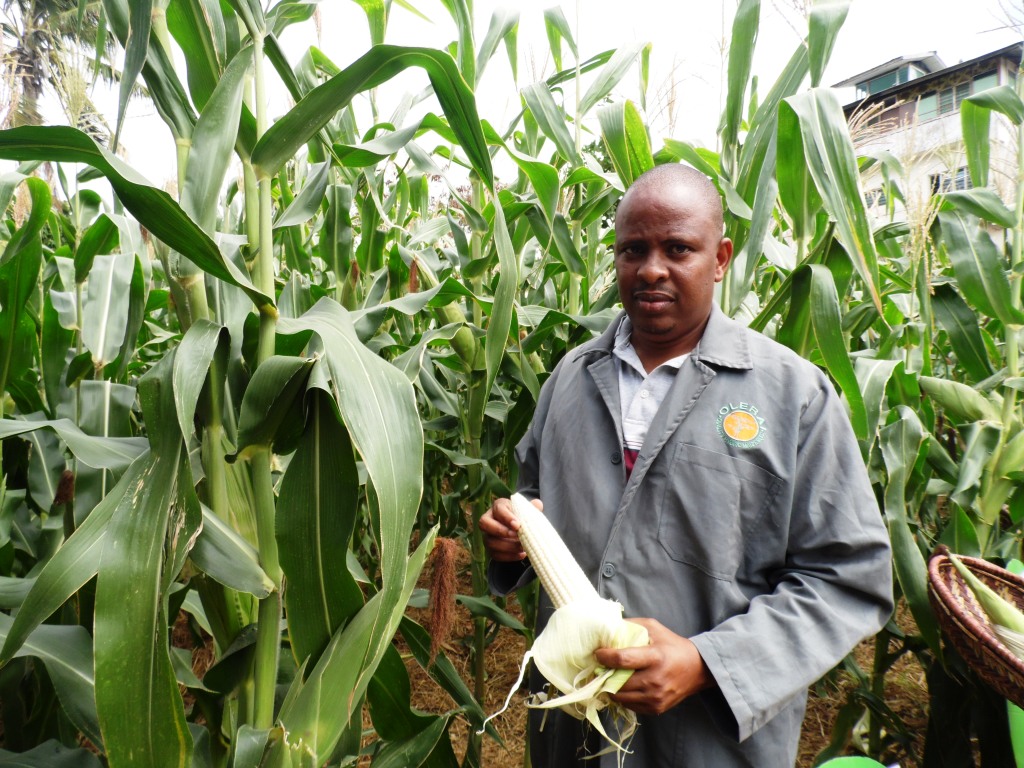
Beauty products made out of beeswax. A Tanzanian prison officer makes cosmetics from beeswax. Photo by The Huffington Post.
In venturing into the rich beauty market, Edward Frank started processing comb wax- which many farmers discard after extracting honey, into natural cosmetics.
The Tanzanian farmer, who is also a prisons officer, said the Tanzanian culture that embraces beauty was the motivation behind the beauty business.
"In the Swahili culture set up, women strive to look beautiful. Offering them the natural beauty enhancer was an opportunity for me to make an extra coin out of bees," the farmer said.
Although he started the apiary for honey harvesting, the farmer has slowly drifted into the cosmetics, which are also paying him well.
Frank harvests two kilos of beeswax from his 14 locally made beehives quarterly.
READ ALSO: Bees create sweet times for semi arid area farmer
READ ALSO:Domesticating stingless bees
READ ALSO:Housing bees maximises land usage for farmer
While locals in Kenya use the wax in making candles and other cheap application like coating shoe repair strings, the Iringa farmer churns out lipsticks, eye liners, balms, lip gloss, among other products.
Frank is a Tanzania Prisons Service officer at night; in the morning, he is a bee farmer; in the afternoon, he rests before changing into a public officer again in the evening.
"Making cosmetics is simple if the raw materials are ready. The difference in making the various items is the ratio of mixing the ingredients with the wax. One or two extra additives give a scented lip balm or neutral lip stick," Frank said.
Sunflower oil is one of the basic ingredients while honey is used as a sweetener and binding agent.
The mixtures are melted together to allow for a smooth interaction of the particles before cooling into solids in packaging containers.
A 2.5g dozen of the balms earns him TZS 26, 800 (Kes4, 800).
From the traditional beehives, the farmer harvests 60 litres of honey twice a year. Each litre is sold at TZS 10,000(about Kes460).
"I started bee keeping after learning from other locals, who majorly targeted honey. I started with them, but my destiny was different-producing what others are not making. My boss supported my apiary idea by allowing me to use part of the prisons land," he said.
The proceeds from the agribusiness venture have helped him buy 14 acres of land, over which he expects to expand the bee activity.
Write comment (0 Comments)
















